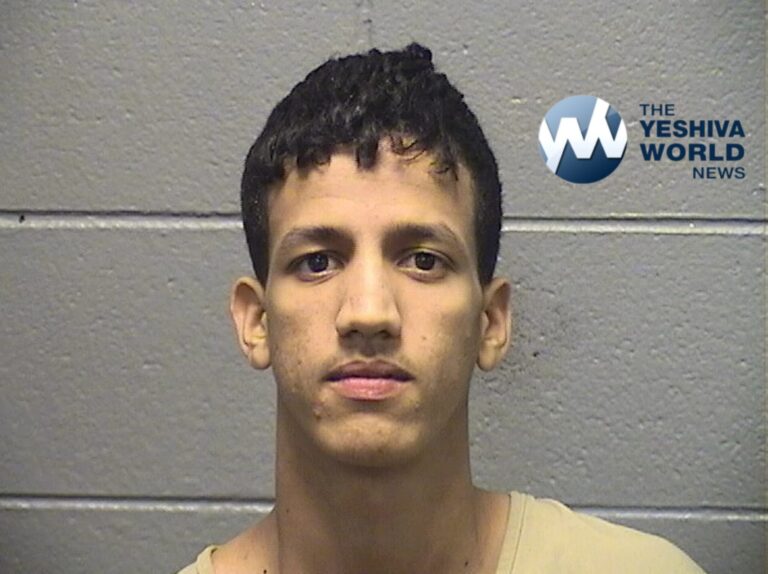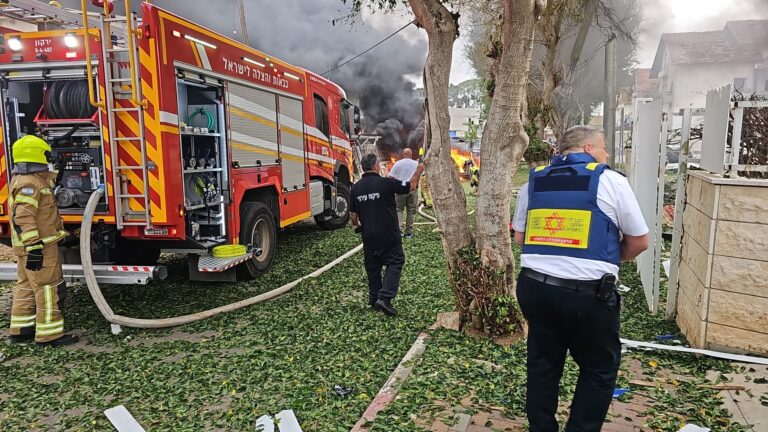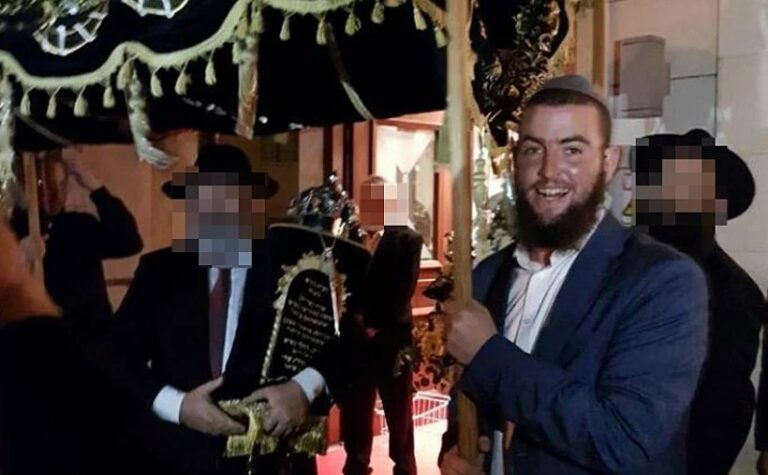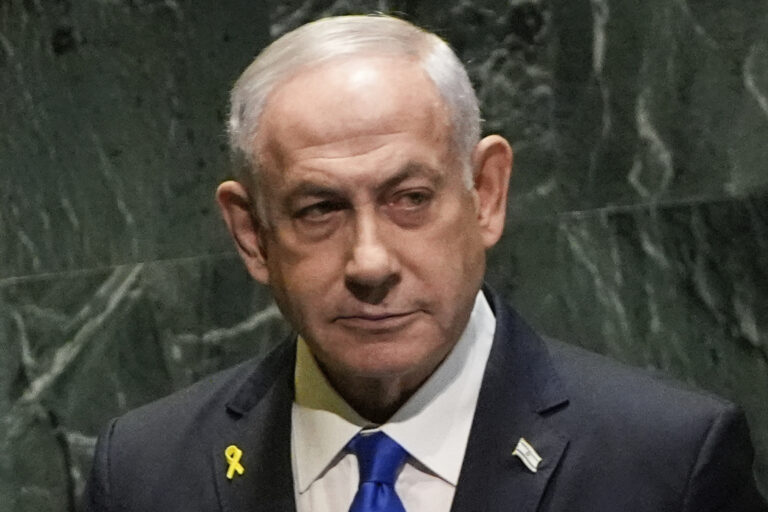 They weren’t exposed to anywhere near the same level of ash, grit and fumes, but emergency workers who rushed to the Pentagon and the Pennsylvania countryside on 9/11 are signing up for the same compensation and health benefits being given to New Yorkers who got sick after toiling for months in the toxic ruins of the World Trade Center.
They weren’t exposed to anywhere near the same level of ash, grit and fumes, but emergency workers who rushed to the Pentagon and the Pennsylvania countryside on 9/11 are signing up for the same compensation and health benefits being given to New Yorkers who got sick after toiling for months in the toxic ruins of the World Trade Center.
Federal officials say at least 91 people who were at those two crash sites have applied so far for payment from a multibillion-dollar fund for people with an illness related to the attacks. That includes 66 people who fought fires and cleaned up rubble at the Pentagon and 25 who responded to the wreckage of United Airlines Flight 93 in Shanksville, Pa.
Those numbers are minuscule compared with the more than 24,000 firefighters, police, construction workers and others who applied for compensation in New York after developing illnesses possibly linked to long hours spent in ground zero’s constant fires and drifts of pulverized concrete and glass.
But the Pentagon or Shanksville applicants are notable because, to date, no medical study or environmental survey has suggested that people who responded to either site were exposed to similar health hazards. They were on the scene for days rather than months. And there have been no reports of a strange rash of illnesses. Responders at those sites were given eligibility by Congress mostly out of a sense of fairness, without any clear indication that anyone was sick.
A separate program administered by the National Institute for Occupational Safety and Health expects as many as 1,500 Virginia and Pennsylvania responders to apply for free health monitoring and treatment. So far, just 19 have applied.
The trickle of people signing up for compensation includes Alexandria Fire Department Capt. Scott Quintana, who dug through feet of scorched rubble at the Pentagon to find bodies in 2001. He was diagnosed with chronic myeloid leukemia, a type of cancer, in 2010.
Research has suggested that the genetic mutation that causes his type of cancer might be triggered by some environmental toxins. But even Quintana acknowledged it’s unlikely his leukemia was caused solely by the few days he spent at the Pentagon.
“It’s part of a long exposure to triggers that create this in your body,” Quintana said. “Could I absolutely tie it to 9/11? Absolutely not. Can I tie it to my career in the fire service? Yes.”
What that means for his compensation claim isn’t entirely clear.
“If they are making an award, I’ll take it. If they don’t, I’m not going to cry about it,” Quintana said, adding that his $8,000-per-month chemotherapy bill is already covered by insurance, thanks to a Virginia law that presumes that any firefighter diagnosed with cancer got it from an on-the-job exposure.
No such presumption exists for people applying to the victim compensation fund. The fund’s special master, Shelia Birnbaum, said claims coming in from Pentagon and Shanksville responders have yet to be reviewed, so she couldn’t say how many might be granted.
“It has to be an injury that is related to your exposure at that site,” she said. That means that applicants, to start with, will need to have a doctor fill out a form verifying that their illness was caused, or worsened, by a harmful exposure during the 9/11 rescue and recovery.
Initially, compensation was only available for a limited list of health conditions linked to the unique blend of toxins and caustic agents in the trade center dust, most notably respiratory illnesses. But the program has since been expanded to include anyone suffering from many common types of cancer, which has raised the possibility that the $2.78 billion appropriated for the program won’t be enough to cover claims.
As of late August, the pool of 24,000 applicants included 967 cancer claims.
Birnbaum said she anticipated getting some cancer claims from the Pennsylvania and Virginia sites but was concerned about authorizing big payouts for common illnesses that might be unrelated to the terror attacks.
Ted Shaffer, former chief of the Shanksville Volunteer Fire Company, who was on duty on 9/11 , said he was shocked anyone filed a claim over the response to Flight 93, saying the crash scene struck him as no more dangerous than a regular building or vehicle fire.
“I find it difficult to believe that any permanent, long-lasting injury came from this,” he said, adding: “Nobody that I know of had any health problems.”
At outreach meetings in recent weeks, NIOSH officials and health advocates suggested that responders at least enroll in the health program as a precaution, even if they are currently healthy.
That logic appealed to former Arlington County Fire Department battalion chief James Daugherty, who said he got more than the usual dose of smoke at the Pentagon and then developed a persistent cough a month or so later. He still uses an inhaler today.
“It could be a coincidence. But I never had any breathing problems before,” he said.
“We were nothing compared to what happened in New York. We were done in two weeks. Those guys were down there in that stuff for months,” he said. But, he added, a person would be “crazy” not to protect themselves by enrolling in the health program.
“Who knows what’s going to happen down the road?” he said. “What happens if we all end up with mesothelioma in five or 10 years?”
(AP)










